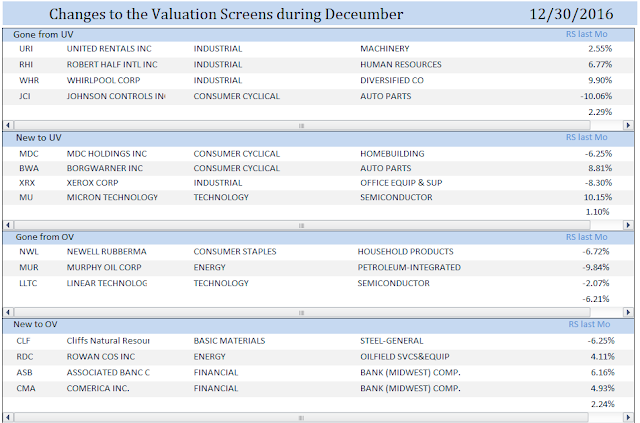Conclusion: From the Shareholders perspective
most Stock Buybacks produce little benefit when compared to investing the same
funds in the company. They produce a onetime gain in Earnings per Share (usually
small) but contribute nothing to the growth of the Net Profit or Market
Capitalization. If a company is truly
unable to successfully invest the Buyback funds in its business, it would be
much better for the majority of shareholders to receive a Special Dividend.
For the
twelve months ending September 2016, total share buybacks were close to $600
billion for the S&P 500 companies. This
is an enormous amount of money being 66% of the earnings and only slightly less
than Fixed Capital Expenditures in the same period. The average buyback program resulted in a
“buyback yield” of just shy of 3%[1]. This resulted in a very modest annual decline
in the shares outstanding which led to an equally modest one time gain in
Earnings per Share for the Shareholders, i.e. the vast majority who did not sell
their shares.
Because
Buybacks and Dividend Yield are considered to be returns to the Shareholder
they tend to be lumped together in statements like the “Total Shareholder Yield
is currently close to 5% comprised of a 2% dividend yield and a 3% buyback
yield”.
This is very misleading. The source of funds for Buybacks are the
earnings and deprecation which should be first and foremost compared to what
they would have achieved if invested.
A 3% “Buyback
Yield” is greatly inferior to investing in the company’s business, acquisitions,
or a Special Dividend which would be shared by all Shareholders in hard dollars
as opposed the soft dollar benefit attributable to fewer shares.
Here is an
example of a typical S&P 500 equity. It has a market cap of $15 billion;
its shares are at 15x earnings and it buys back 3% of its outstanding shares. This is compared to a hypothetical but
typical Investment producing 3% in the 1st year, 8% in the 2nd
and 10% thereafter.
The share
purchase of 3% of the float produces a 3.5% pop in the EPS on day one. Annualized that is 3.5% in the first year, 1.7%
per annum in the second and so on. By
the second year, the Investment produces a higher return. By the 7th year, the Investment led to a Net Profit
of $985m which is almost double the first year’s investment while the Buyback
produced zero contribution to Net Profit.
Were the stock
price reduced by half and the Buyback amount kept the same you would get the
following result.
The original
gain in EPS is increased to 7% but it soon pales by comparison to the
Investment.
Using the
original price of $15 and twice the buyback funds ($1,000m), the result would
be the same as in Example 1 but the dollar gain in the Net Profit from Investing
would double as twice the funds were used.
These
hypothetical examples illustrate the mechanics of stock buybacks. Now let us look at two actual examples.
Despite Apple
having spent the over $30 billion, it confirms the disadvantages of Buybacks compared
to Investments. In this case we used the
average Return on Capital that they earned from 2009-15.
Now let us
look at one of the most aggressive buyback programs in terms of the percentage
of stock that was bought. Corning Inc. purchased
over 20% of their outstanding shares in the last 12 months[3]
which produces an initial gain of 27% in EPS on day one.
However, even
this aggressive program fails by comparison to the Investment after year three
even though their Return on Capital is only average.
One of the
reasons that investors are not more critical of stock buyback
programs may be because of by doing it year after year management creates the illusion that it is compounding. As shown here, the transactions are still a series of simple interest transactions.
The proof of
this is found in the Net Profit Test.
It answers the question:
What is the Required Rate of return on an
Investment of the funds, that would grow the Net Profit at the same rate that
the EPS grew due to fewer shares. Like
Apple, the answer is surprisingly low in most instances. We analyzed 30 Stocks
whose buyback programs resulted in a median decline of 25% of their outstanding
shares from 2008 to 2015. The median Required Return would have been only 4.9%.
The median
growth rate for their EPS was 7.7% pa while the Net Profit grew only at
2.4%. Instead, by investing at less than
5%, the Net Profit would have been 42% higher in the 7th year. Over
the seven years the cumulative gain in Net Profit would have been 1.8x the
original investment.
It doesn’t
make sense to put the growth of Earnings per Share ahead of the growth of Net
Profit and as a result, Market Capitalization.
© 2017 Robert L. Colby Contact: robertlcolby@gmail.com














